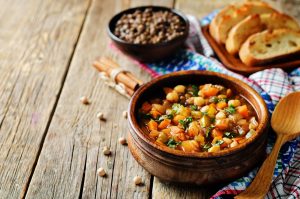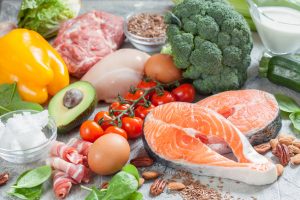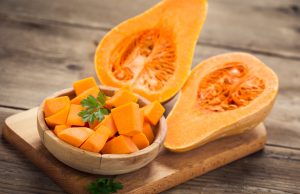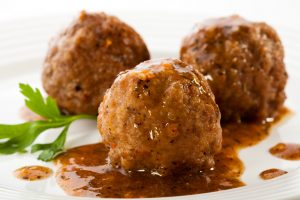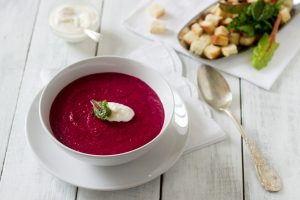You’ve heard it talked about, time and time again; “Healthy habits make healthy people”. But how do our old and new habits influence the way we live? At its most basic level, a habit is an autonomous, regular behavior. So in order to create or change a habit, some activity or reaction must be performed over and over again consciously until the brain takes over and sets that behavior as automatic.
Enter: Brain. The brain wants to make life easier on itself, it does not want to have to think, problem solve, or use logic any more than needed and because of this, your brain will respond to a repeated action by streamlining it – freeing up space to think about the funny cat video that Karen sent yesterday. This happens on a three step process called a “Habit Loop.” Step one is a cue or trigger. The cue will signal the beginning of that streamlining process. The cue can be anything; a place, an emotion, a sound, or a person. The next step in the loop is the routine. The routine is whatever behavior is most associated with that cue. The third and final step in the loop is the reward. This is the pot of gold at the end of the loop, the brain will release a bunch of feel good chemicals to let you know that you have done a good job, and thus, are more likely to perform that habit again in the future.
So why is it important to understand this process? Positive and negative habits effect up to 40% of someone’s decision making, without them even being aware of it. If someone can consciously alter a negative habit into a positive one, and create a shortcut into a positive habit loop, they can #lifehack their way to greater levels of health and happiness without even thinking about it. Each day, the small changes someone repeatedly makes will become an automatic part of their life. If these changes are made with the intent to improve ones life, they are added to a habit loop of constant improvement by the brains own streamlining design. The more of it we do, the more effortless it becomes.
By Matthew Rhodes, M.S.

